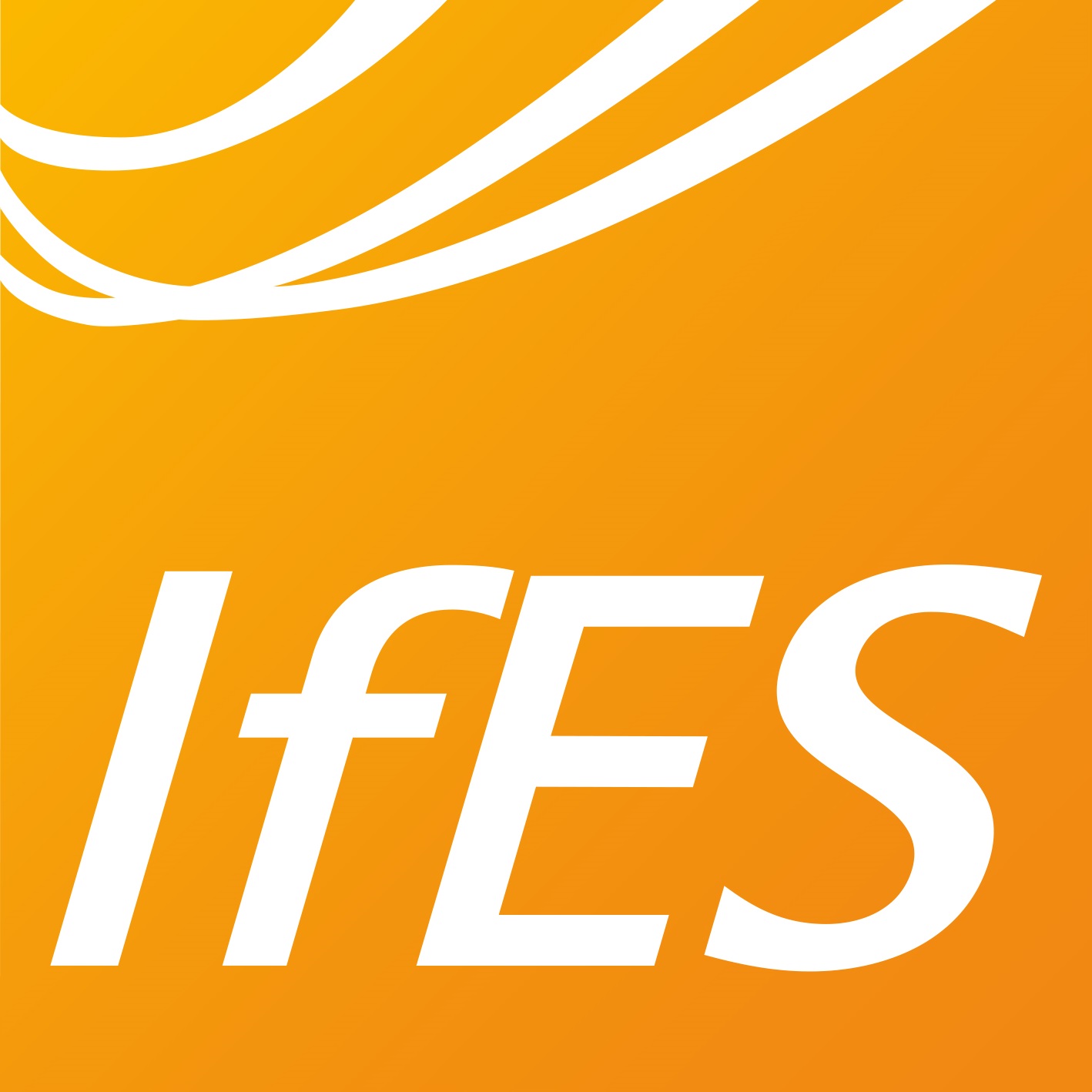UHF Measurement in Power Transformers
An Algorithm to Optimize Accuracy of Arrival Time Detection and PD Localization
- verfasst von
- Mohamadreza Ariannik, Mohammad Akbari Azirani, Peter Werle, Asghar Akbari Azirani
- Abstract
Partial discharges (PDs) are among the various indicators that are utilized for monitoring of power transformers. PDs emit electromagnetic waves that can be received by inserting ultrahigh frequency probes inside the transformer tank, thus an advantage of this method is its higher robustness against external noises. In this contribution, an algorithm is proposed to localize PDs in power transformers by capturing and analyzing multiple signal sets. Detecting exact arrival times (ATs) of a signal set is a challenging task in the PD localization. Different AT detection methods are applied to several signal sets to compare their effectiveness. Furthermore, modifications are introduced to enhance the precision of the AT detection. A fraction of the analyzed signal sets provide acceptable coordinates for the PD location. The localization algorithm consists of two approaches including wavelet denoising and AT sequence determination to eliminate PD coordinates that lie significantly far from the real location of the PD. The rest of the PD coordinates are then divided into two sections using a clustering method, and the center of the favorable cluster yields the definite PD coordinates. Precision of the PD localization algorithm is validated by three measurements inside a specially designed transformer tank.
- Organisationseinheit(en)
-
Institut für Elektrische Energiesysteme
Fachgebiet Hochspannungstechnik und Asset Management (Schering-Institut)
- Externe Organisation(en)
-
K.N. Toosi University of Technology
York University
- Typ
- Artikel
- Journal
- IEEE Transactions on Power Delivery
- Band
- 34
- Seiten
- 1530-1539
- Anzahl der Seiten
- 10
- ISSN
- 0885-8977
- Publikationsdatum
- 08.2019
- Publikationsstatus
- Veröffentlicht
- Peer-reviewed
- Ja
- ASJC Scopus Sachgebiete
- Energieanlagenbau und Kraftwerkstechnik, Elektrotechnik und Elektronik
- Elektronische Version(en)
-
https://doi.org/10.1109/TPWRD.2019.2909706 (Zugang:
Geschlossen)


